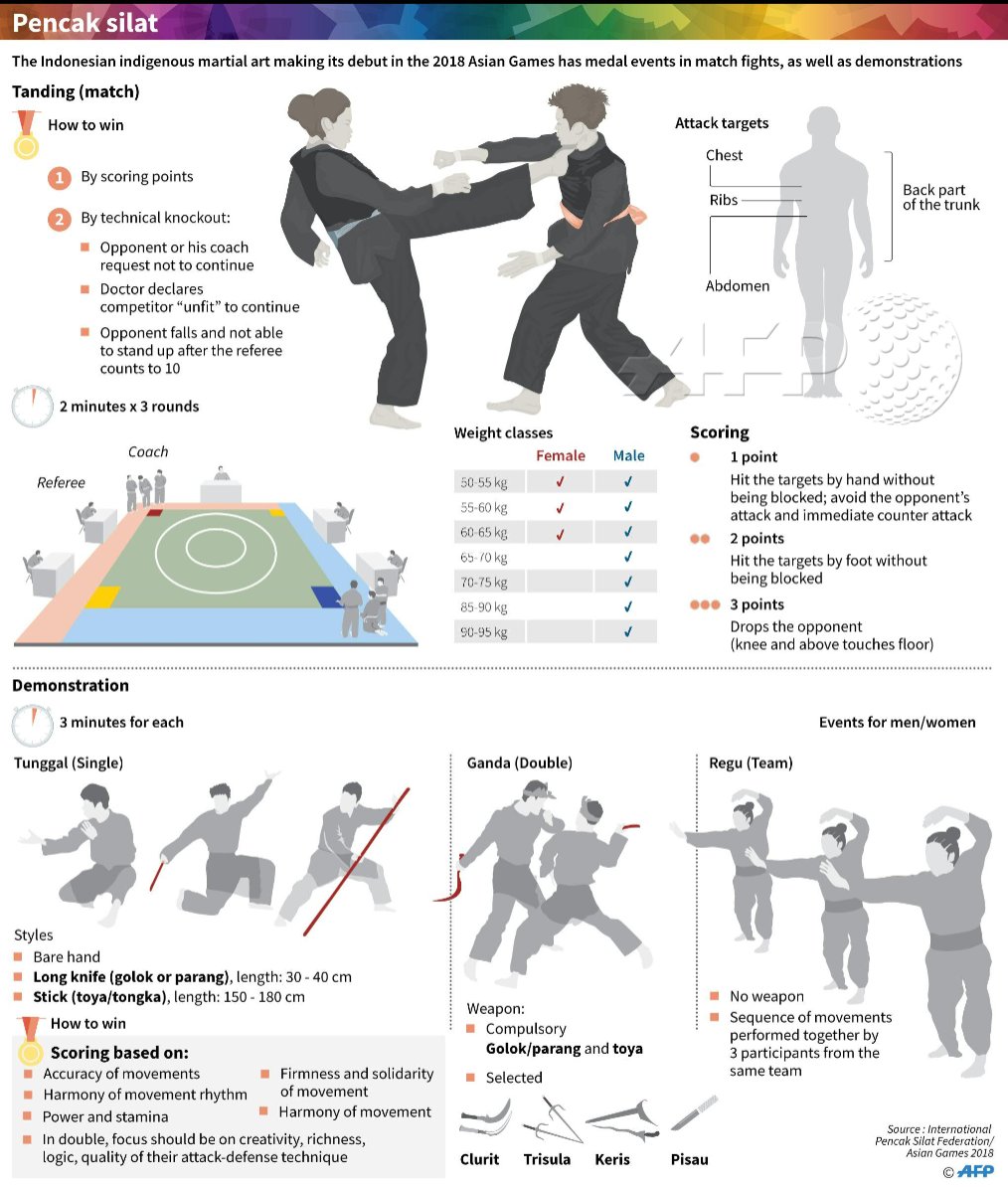Checking Out The Rich Heritage And Spiritual Dimension Of Martial Arts: A Detailed Examination
Checking Out The Rich Heritage And Spiritual Dimension Of Martial Arts: A Detailed Examination
Blog Article
Web Content Writer-McGrath Friedman
Step into the ancient globe where martial arts were substantiated of necessity in diverse areas. Societies crafted one-of-a-kind battling styles intertwined with historical contexts. Techniques progressed over centuries through devoted practice and social exchanges. Today, modern martial arts blend typical elements for optimal efficiency. Philosophically, martial arts emphasize self-control, self-improvement, and consistency. Regard, humbleness, and balance are fundamental principles guiding specialists towards development and resilience. Check out the depths of this rich background and philosophy to discover the profound impacts forming this long-lasting discipline.
Origins of Fighting Style
Fighting style came from numerous areas worldwide, progressing as sensible combat systems to resist risks. These ancient fighting designs were established out of necessity, with each society crafting methods matched to their special settings and obstacles. From martial arts for beginners grappling arts of Jujutsu in Japan to the striking strategies of Martial art in China, martial arts were deeply intertwined with the historic, social, and social fabric of their corresponding societies.
In Japan, the samurai course refined martial arts like Kenjutsu, the art of the sword, which later on developed right into the a lot more popularized form of Kendo. At the same time, in Brazil, Capoeira became a mix of dance and fight, produced by enslaved Africans as a way to withstand oppression. Each martial art brings with it an abundant background and viewpoint, showing the values and beliefs of the people that exercised them.
As you look into the origins of martial arts, you discover a tapestry of human resourcefulness, strength, and the stubborn spirit of warriors throughout time.
Development of Strategies
With centuries of method and improvement, battle methods within numerous martial arts have actually gone through an extensive development. From what martial arts should kids learn like Martial art and Martial arts to extra modern-day techniques such as Brazilian Jiu-Jitsu and Krav Maga, the advancement of techniques has actually been driven by a mix of cultural influences, sensible applications, and technical improvements.
One substantial element of this development is the cross-pollination of techniques between different martial arts. As an example, techniques from conventional Japanese Jiu-Jitsu were integrated right into the creation of Judo by Jigoro Kano in the late 19th century. This blending of designs has caused the advancement of crossbreed martial arts like Mixed Martial Arts (MIXED MARTIAL ARTS), which combine elements of striking, grappling, and entry strategies.
Moreover, the advancement of strategies has been shaped by the raising emphasis on effectiveness and effectiveness in combat. Specialists have continuously looked for to refine their techniques through strenuous training, testing, and competitors, resulting in the growth of extremely specialized and efficient battling designs. On the whole, the development of methods in martial arts mirrors the dynamic nature of combat and the ongoing quest for improvement and innovation.
Philosophical Foundations
Discovering the underlying philosophical concepts of martial arts supplies understanding right into their core values and directing ideas. At the heart of several martial arts disciplines is the idea of discipline itself. By training your body and mind to work as one natural system, you cultivate technique that expands beyond the dojo or health club right into everyday life. This discipline includes respect, humility, and self-discipline, shaping not simply your physical capacities yet also your character.
An additional fundamental thoughtful foundation in martial arts is the idea of continual self-improvement. The journey of mastering a fighting style is never-ending, with professionals continuously making every effort to much better themselves, both literally and psychologically. This focus on growth promotes resilience, perseverance, and a development mindset that can be applied to all aspects of life.
Moreover, martial arts stress the value of consistency and balance. Strategies are made to use a challenger's energy versus them, highlighting the principle of yielding and rerouting pressure instead of meeting it head-on. This ideology reaches social partnerships, promoting calm resolutions and good understanding. By welcoming these thoughtful structures, martial musicians not only boost their battle skills but also grow a way of life centered on personal development, regard, and consistency.
on front page , the history and ideology of martial arts use a rich tapestry of tradition, discipline, and self-improvement.
Consider example the tale of Bruce Lee, who transformed martial arts by blending different styles and ideologies to produce his own one-of-a-kind kind of Jeet Kune Do.
Via commitment and technology, martial artists remain to press boundaries and motivate others to reach their complete potential both in battle and in life.
